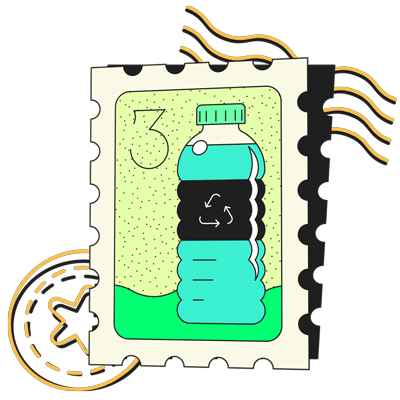Three Quick Takes

“Thar’s Gold in That Bilge!”

Wastewater is brimming with untapped potential. The sludge and slurry extracted via different treatment processes is a rich source of important nutrients, like nitrogen, phosphorus and carbon; organic matter, like cellulose and bioplastics; and metal ions, such as lithium, cadmium, chromium, copper, zinc, nickel, mercury and arsenic. Locked away in the sludge are the raw ingredients for an array of green energy sources, such as liquid biodiesel, biochar (a charcoal-like material) and biogas (gaseous renewable energy). The biosolids taken from wastewater can also be directly applied as fertilizer on agricultural land, forests, ranges, parks, golf courses, lawns and home gardens. Highly concentrated brine from desalination can be processed for useful chemicals like hydrochloric acid and sodium hydroxide.
Theoretically, biofuels from sludge could be repurposed to power the same machinery that treats wastewater. Squeezing every last drop out of waste yields even more water, which could be funneled to cool treatment plant engines and generators. Or it could be refined to drinking-water standards using potable reuse technologies.
Seen in this light, the old paradigm of shoveling sludge into landfills and furnaces or dumping brine into the ocean seems about as impractical as burying, incinerating or sinking shiny bars of gold.
A filtered story of water
 Filtration is a process of removing particulate matter by forcing water through some porous material. It can involve a non-membrane barrier — such as sand, gravel, biofilm and activated carbon — or a semipermeable membrane wall, which removes impurities at the molecular level.
Filtration is a process of removing particulate matter by forcing water through some porous material. It can involve a non-membrane barrier — such as sand, gravel, biofilm and activated carbon — or a semipermeable membrane wall, which removes impurities at the molecular level.
Reverse osmosis (RO) provides the finest membrane filtration technology. In descending order, nano-, ultra-, micro- and particle filtration sift out contaminants measuring from 0.0001 microns (metal ions) to 1,000 microns (human hair). Viruses and bacteria fall somewhere in the middle range.
Only RO and nanofiltration can remove dissolved salt, and both processes are commonly used in desalination. Alternatively, with non-membrane thermal desalination, water is heated until it vaporizes, then condensed and recaptured. While desalination taps into an infinite source of drinking water — the ocean itself — this technology has built-in limitations: It’s very expensive, energy intensive and produces brine, a concentrated byproduct that’s harmful to marine wildlife and vegetation when discharged back into the sea. Desalination also strips away beneficial minerals like calcium, magnesium and zinc, which promote health and make drinking water taste good.
Water engineers continue to innovate with hybrid filtration systems, such as membrane bioreactors and anaerobic digesters, seeking increasingly efficient, safe and sustainable water purification technologies.
Rinse, recycle, repeat
 Recycled water, sometimes called reclaimed water or effluent water, has been filtered to remove solids and other impurities and been disinfected using chlorine, iodine or ultraviolet radiation. Regulations dictate the level of purity depending on the water’s end use. Potable water reuse brings reclaimed water to the highest standard, pure enough to safely drink. Lower levels of treatment are required for recycled water used in irrigation (agriculture, landscaping), cooling towers (industrial and commercial heat removal), groundwater recharge (replenishing aquifers), toilet flushing and recreational use (playing fields, golf courses).
Recycled water, sometimes called reclaimed water or effluent water, has been filtered to remove solids and other impurities and been disinfected using chlorine, iodine or ultraviolet radiation. Regulations dictate the level of purity depending on the water’s end use. Potable water reuse brings reclaimed water to the highest standard, pure enough to safely drink. Lower levels of treatment are required for recycled water used in irrigation (agriculture, landscaping), cooling towers (industrial and commercial heat removal), groundwater recharge (replenishing aquifers), toilet flushing and recreational use (playing fields, golf courses).



